Global Fashion Weeks: Today’s Highlights and Trends
Fashion weeks across the globe serve as the ultimate platform for designers to showcase their creativity, set trends, and redefine the fashion landscape. From Paris to New York, these events not only dictate what will be in vogue but also reflect the cultural zeitgeist. This article delves into the latest highlights and trends emerging from these iconic fashion weeks, spotlighting groundbreaking designers and the innovative materials they are embracing to shape the future of style.
Emerging Trends from Paris to New York
Fashion weeks in Paris and New York have long been the epicenters of style and innovation, setting the stage for global trends. This year, both cities have witnessed a resurgence of bold colors and eclectic patterns. Designers are moving away from minimalism, embracing maximalist aesthetics that celebrate individuality and self-expression. Vibrant hues like electric blue, fiery red, and sunshine yellow dominate the runways, offering a kaleidoscope of options for the fashion-forward.
In addition to color, silhouettes have taken a dramatic turn. Oversized, voluminous shapes are making a strong comeback, with billowy dresses, wide-leg trousers, and exaggerated sleeves becoming must-haves for the upcoming season. These bold silhouettes not only make a statement but also provide a sense of comfort and ease, reflecting a shift towards more relaxed yet impactful fashion.
Accessories are also playing a pivotal role in this year’s fashion narrative. Chunky jewelry, oversized hats, and statement bags are being paired with both casual and formal attire, indicating a move towards bolder, more daring accessory choices. This trend highlights the importance of accessories in transforming an outfit and making a personal style statement.
Streetwear continues to influence high fashion, with designers incorporating elements like hoodies, sneakers, and graphic tees into their collections. This blend of high and low fashion is indicative of the ongoing democratization of style, where luxury is no longer defined by exclusivity but by creativity and accessibility.
Sustainability is another key trend, with many designers focusing on eco-friendly practices. From using recycled materials to promoting slow fashion, the industry is becoming increasingly aware of its environmental impact. This shift is not just a trend but a movement towards a more conscious and responsible fashion industry.
Finally, gender-fluid fashion is gaining momentum, with many designers presenting collections that blur the lines between traditional male and female attire. This trend reflects a broader cultural shift towards inclusivity and acceptance, where fashion becomes a means of self-expression beyond gender norms.
Designers Redefining Modern Fashion
The fashion weeks of today are showcasing a new wave of designers who are not afraid to challenge conventions and redefine modern fashion. In Paris, emerging talents like Marine Serre and Jacquemus are capturing attention with their innovative approaches. Serre’s fusion of futuristic and traditional elements creates a unique aesthetic, while Jacquemus’ minimalist yet playful designs continue to captivate audiences.
In New York, designers like Christopher John Rogers and Telfar Clemens are leading the charge in redefining modern fashion. Rogers’ use of bold colors and dramatic silhouettes has made him a standout figure, while Telfar’s inclusive, accessible designs have redefined luxury fashion, earning him a cult following.
These designers are not just creating clothes; they are creating narratives. Their collections often tell stories that resonate with audiences, whether it’s through exploring cultural heritage or addressing social issues. This narrative-driven approach is redefining what it means to be a designer in today’s fashion world.
Collaboration is another hallmark of modern fashion design. Designers are increasingly partnering with artists, musicians, and even other brands to create unique, multidimensional collections. These collaborations often result in unexpected and exciting fashion moments that push the boundaries of creativity.
Technology is also playing a crucial role in the evolution of modern fashion. Designers are leveraging digital tools to create virtual fashion shows, interactive experiences, and even digital garments. This integration of technology is not only enhancing the creative process but also making fashion more accessible to a global audience.
Finally, these designers are redefining modern fashion by prioritizing inclusivity and diversity. By casting diverse models and creating collections that cater to a wide range of body types and identities, they are making fashion more inclusive and reflective of the world we live in today.
Innovative Fabrics and Sustainable Styles
The focus on innovative fabrics and sustainable styles is more pronounced than ever in the fashion weeks of today. Designers are exploring new materials that are not only aesthetically pleasing but also environmentally friendly. From biodegradable textiles to fabrics made from recycled plastics, the emphasis is on creating fashion that is both beautiful and sustainable.
One of the most talked-about innovations is the use of bio-fabricated materials. These materials, which are grown in labs using natural processes, offer a sustainable alternative to traditional textiles. Designers are experimenting with bio-fabrics to create garments that are not only eco-friendly but also uniquely textured and visually striking.
Recycled materials are also gaining traction, with many designers incorporating them into their collections. From denim made from recycled cotton to accessories crafted from repurposed metals, the use of recycled materials is becoming a hallmark of sustainable fashion. This trend not only reduces waste but also adds a unique story to each piece.
In addition to innovative fabrics, designers are adopting sustainable practices in their production processes. This includes using natural dyes, reducing water consumption, and implementing zero-waste patterns. By prioritizing sustainability, designers are not only reducing their environmental impact but also setting a new standard for the industry.
The rise of sustainable styles is also influencing consumer behavior. As more designers embrace sustainability, consumers are becoming more aware and selective about their fashion choices. This shift towards conscious consumerism is driving demand for sustainable and ethically produced fashion.
Finally, the emphasis on sustainability is inspiring designers to create timeless pieces that transcend seasonal trends. By focusing on quality and longevity, designers are encouraging consumers to invest in pieces that can be worn and cherished for years, promoting a more sustainable approach to fashion consumption.
As global fashion weeks continue to evolve, they serve as a reflection of the industry’s dynamic nature and its ability to adapt to changing times. From emerging trends and groundbreaking designers to innovative fabrics and sustainable styles, the highlights of these fashion weeks offer a glimpse into the future of fashion. As the industry moves towards a more inclusive, creative, and sustainable future, it is clear that fashion will continue to be a powerful medium for self-expression and cultural commentary.








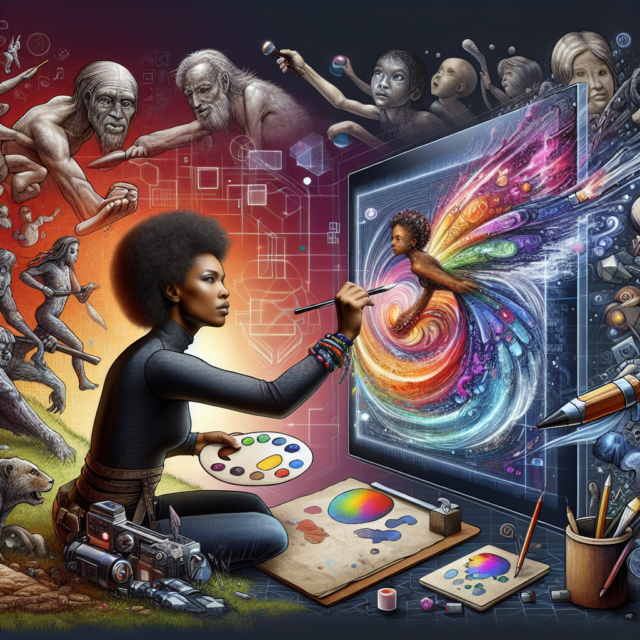



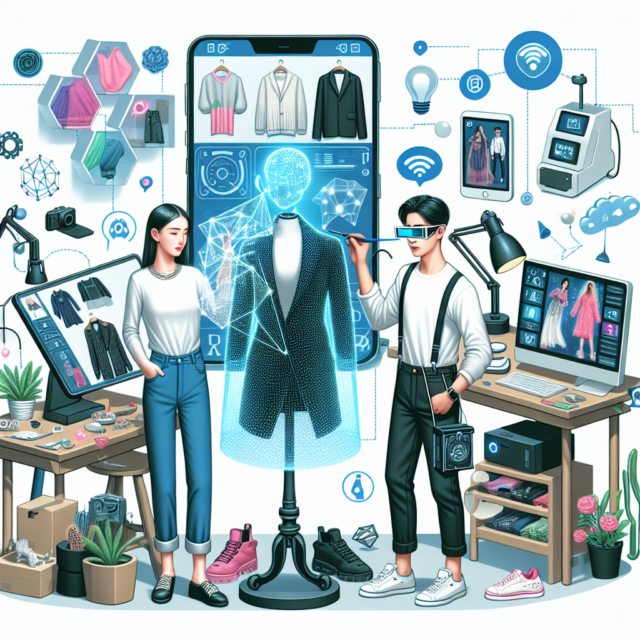
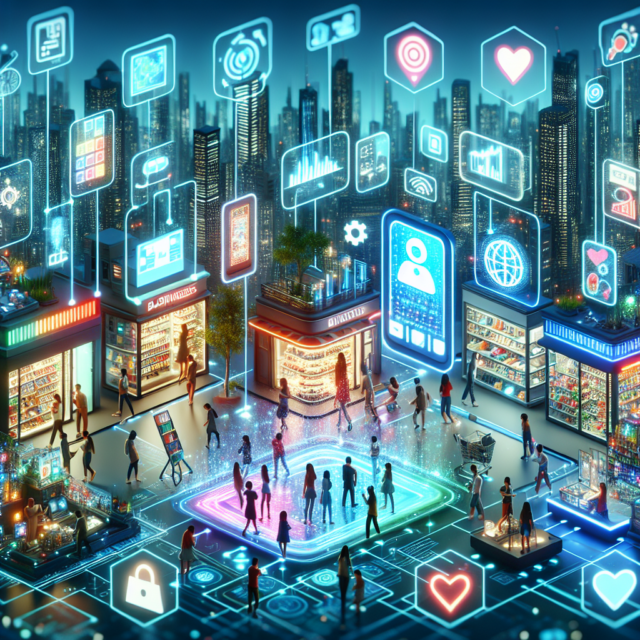

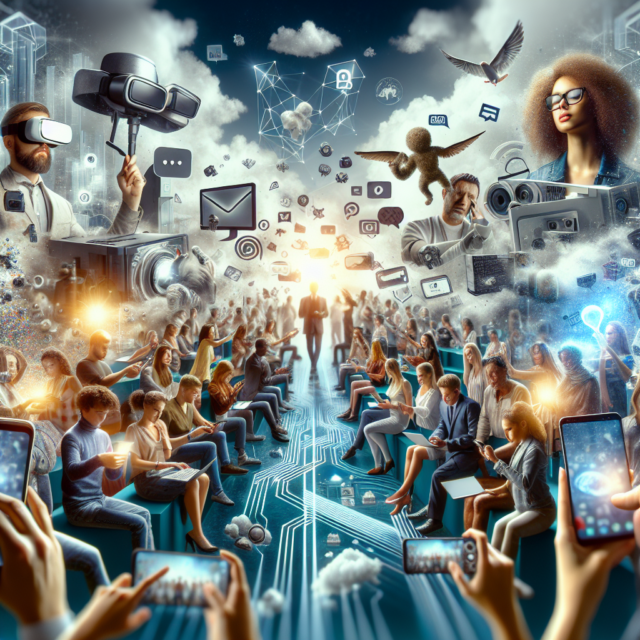
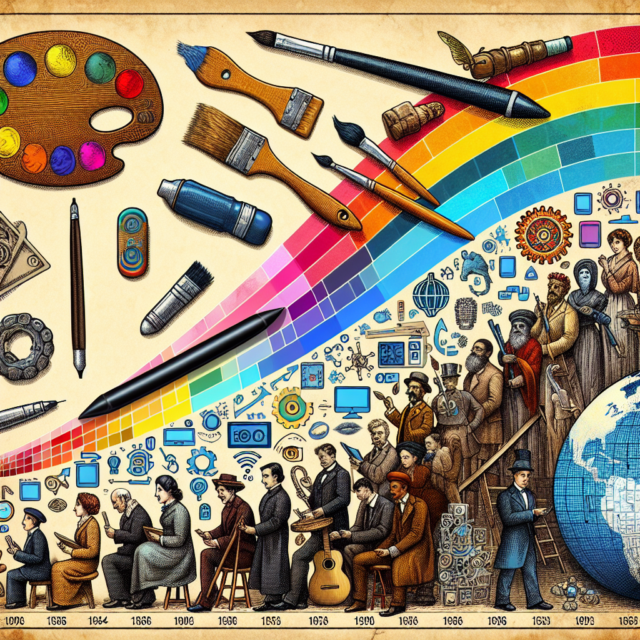

![Operation Steel Rain – This WIP mech platformer for the Amiga looks rather cool (+DEMO) [update]](https://i3.wp.com/blogger.googleusercontent.com/img/b/R29vZ2xl/AVvXsEjc_AWN1cjoC7FJZzkJuVR6HBJMwZ7m7IvsvWrllBp5Kl9T7LFkLhmIbB_JJ38Gj0ysGlj9eZlSBGMtJhfoGyxTnLkLsXKUepRoVW2BeojFc_YvEBJlZrOe-FmFuQa4BXDGVq0SS-VbMyt1Wgq7yfjBOC2aAOl4QKnnNa6fiSzZs8XDLSxMGVr4JbVJQW0/w1200-h630-p-k-no-nu/w0uFfl.jpg?w=100&resize=100,75&ssl=1)

